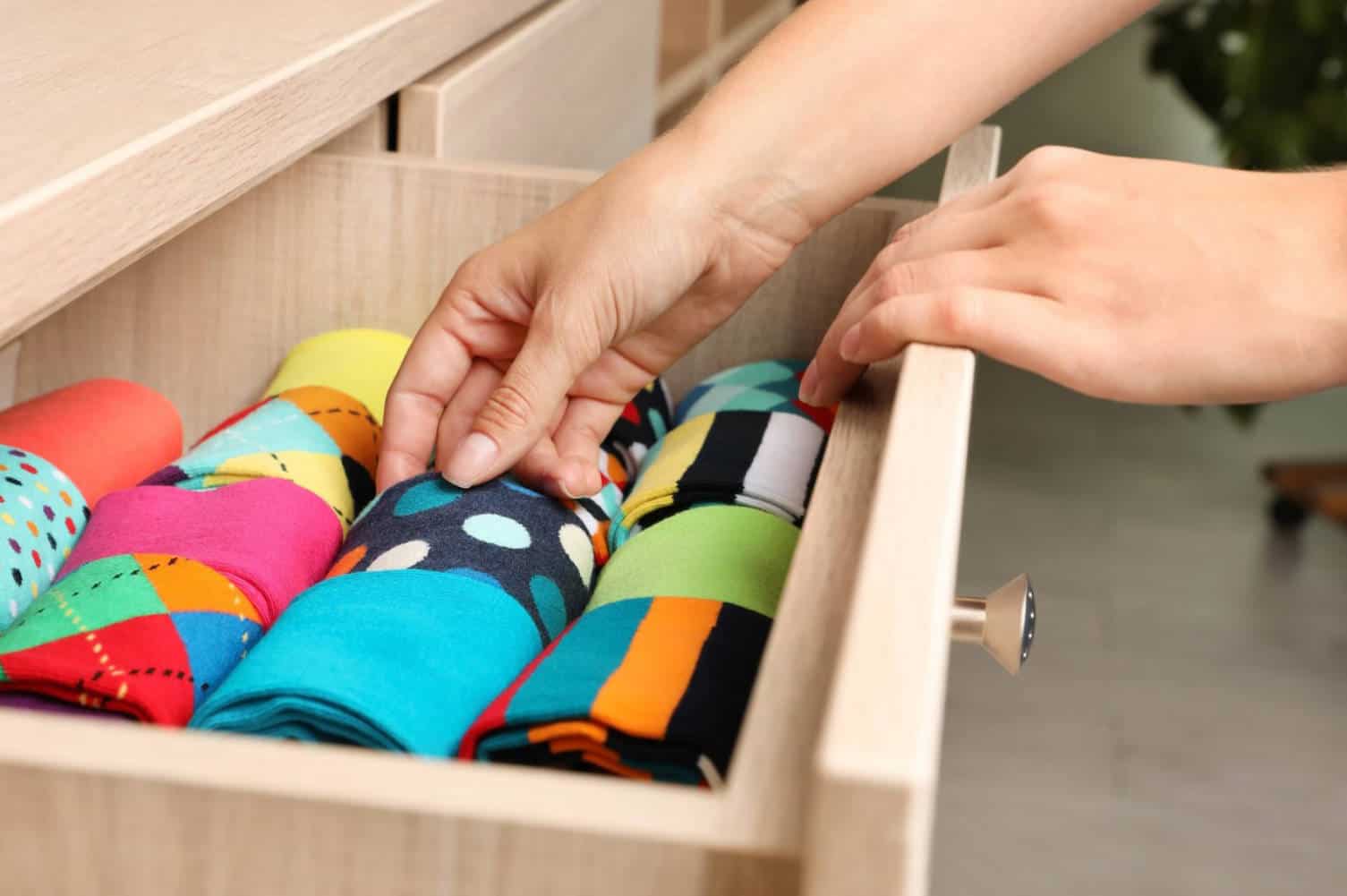

Furniture
Why Does My Dresser Smell
Modified: October 20, 2024
Discover the reasons behind the unpleasant smell coming from your dresser and learn how to eliminate it with effective furniture odor removal techniques.
(Many of the links in this article redirect to a specific reviewed product. Your purchase of these products through affiliate links helps to generate commission for Storables.com, at no extra cost. Learn more)
Introduction
Have you ever opened your dresser drawers only to be greeted by an unpleasant odor? It’s a common problem that many furniture owners encounter. Whether it’s a musty smell, a chemical odor, or the lingering scent of mothballs, a smelly dresser can be frustrating and off-putting.
Understanding why your dresser smells is essential to effectively eliminating the odor and keeping your clothes fresh. In this article, we’ll explore the various causes of dresser odors and provide you with helpful tips on how to get rid of them.
When it comes to identifying the source of the smell, it can be attributed to several factors. Mold and mildew growth, environmental factors like lack of ventilation, the use of certain chemicals and cleaning products, as well as the presence of pets can all contribute to dresser odors. By understanding these causes, you can take the necessary steps to eliminate the unpleasant smells and ensure your dresser remains fresh and odor-free.
So, let’s dive in and explore the reasons why your dresser might have an unpleasant smell and how you can tackle this issue head-on!
Key Takeaways:
- Say goodbye to dresser odors by using natural odor absorbers like baking soda and activated charcoal. Regular cleaning and proper ventilation are key to keeping your dresser smelling fresh and clean.
- Combat specific odors like mold, mothballs, and pet smells with targeted solutions such as vinegar, natural herbs, and essential oils. Preventive measures and regular maintenance are essential for an odor-free dresser.
Read more: Why Does My Duvet Smell
Common Causes of Odor in Dressers
There are several common causes of odors in dressers that can make your clothes and belongings smell unpleasant. Let’s take a closer look at these factors:
- Mold and Mildew: One of the primary culprits behind dresser odors is mold and mildew growth. These fungi thrive in dark and damp environments, making dressers a perfect breeding ground. If your dresser is located in a humid area or has been exposed to moisture, it’s likely that mold and mildew have started to grow, resulting in a musty odor.
- Mothballs and Mothball Odor: Mothballs are often used to protect clothes from moth damage, but they emit a strong odor that can permeate your dresser and clothing. Over time, the pungent smell of mothballs can become trapped in the fibers of your clothes and make the entire dresser smell unpleasant.
- Lack of Ventilation: Poor air circulation within your dresser can contribute to stale odors. When dressers are packed tightly with clothes and other items, air cannot flow freely, causing trapped smells to linger and become more noticeable over time.
- Chemicals and Cleaning Products: If you’ve recently used harsh chemicals or strong-smelling cleaning products near your dresser, the odors from these substances can transfer onto your clothes and linger in the drawers. Additionally, some furniture polishes or finishes may emit a chemical odor that can cling to the dresser’s interior.
- Pets and Pet Odors: If you have pets that love to nestle in your dresser or if you store pet-related items inside it, pet odors may be the source of the unpleasant smell. These odors can come from pet hair, dander, or even accidents that have seeped into the dresser’s wood or fabric.
Now that we’ve identified the common causes of dresser odors, it’s time to explore effective strategies for eliminating those unpleasant smells and restoring freshness to your dresser.
Mold and Mildew
Mold and mildew growth is a common cause of odors in dressers. These fungi thrive in damp and dark environments, making dressers an ideal breeding ground. If your dresser has been exposed to moisture or is located in a humid area, it’s highly likely that mold and mildew have started to grow, resulting in a musty odor.
To tackle mold and mildew odors, follow these steps:
- Identify and Remove Affected Items: Start by emptying your dresser and inspecting each item for signs of mold or mildew. If you find any clothes or belongings that have visible mold growth, remove them immediately and place them in a sealed bag to prevent spreading spores.
- Clean the Dresser Interior: Using a mixture of equal parts white vinegar and water, thoroughly clean the interior of your dresser. Vinegar is known for its mold-fighting properties and can help eliminate the musty smell. Scrub the surfaces gently, ensuring you reach all the nooks and crannies of the dresser.
- Dry it Out: After cleaning, allow the dresser to air dry completely. Proper ventilation will help remove excess moisture and prevent further mold growth.
- Prevent Future Mold Growth: To prevent mold and mildew from returning, consider the following preventative measures:
- Ensure your dresser is placed in a well-ventilated area with adequate airflow.
- Avoid placing wet or damp clothing inside the dresser. If clothes are damp, allow them to dry before storing them.
- Use a dehumidifier or moisture absorber in the room to reduce humidity levels.
- Consider using silica gel packets or moisture-absorbing products inside the dresser to absorb excess moisture.
- Regular Cleaning and Maintenance: It’s important to clean your dresser regularly to prevent mold and mildew growth. Wipe down the surfaces with a damp cloth and mild detergent to keep them free from dust and dirt.
By following these steps, you can effectively eliminate the musty odor caused by mold and mildew and create a fresh and clean environment inside your dresser.
Mothballs and Mothball Odor
Mothballs are a common solution used to protect clothes from moth damage. These small balls, usually made of naphthalene or paradichlorobenzene, emit a strong odor that can permeate your dresser and clothing. Over time, the pungent smell of mothballs can become trapped in the fibers of your clothes and make the entire dresser smell unpleasant.
If you’re dealing with mothball odor in your dresser, here are some steps you can take to eliminate the smell:
- Aerate the Affected Items: Start by taking out all the clothes and belongings from your dresser. Hang them in a well-ventilated area, preferably outdoors, to allow fresh air to circulate and help dissipate the mothball odor.
- Wash or Dry Clean the Clothes: Depending on the fabric care instructions, consider washing or dry cleaning the clothes that have been exposed to mothballs. Adding a cup of white vinegar to the wash can help neutralize the odor. If dry cleaning, inform the cleaners about the mothball odor so they can take appropriate measures to remove it.
- Absorb Odor with Natural Materials: Place natural odor absorbers, such as activated charcoal, baking soda, or coffee grounds, in breathable bags or bowls inside the dresser drawers. These materials will help absorb the mothball odor and leave your dresser smelling fresh. Remember to replace or refresh the odor absorbers regularly for the best results.
- Avoid Direct Contact: When returning your clothes to the dresser, ensure they do not come into direct contact with the mothballs. Use drawer liners, cloth sachets filled with dried lavender or other fragrant herbs, or garment bags to create a barrier between the clothes and the mothballs.
- Alternate Storage Method: If the mothball odor persists, you may consider temporarily storing the affected clothes and belongings outside of the dresser. Use sealed plastic containers or garment bags to prevent the odor from spreading to other items.
- Dispose of Unused Mothballs: If you no longer need mothballs or if you’ve switched to alternative methods of moth protection, properly dispose of any unused mothballs. Follow the instructions on the packaging or check with your local waste management for guidance on the appropriate disposal method.
By following these steps, you can effectively eliminate the mothball odor and enjoy fresh-smelling clothes and a pleasant-smelling dresser.
Lack of Ventilation
A lack of ventilation in your dresser can contribute to stale odors that make your clothes and belongings smell unpleasant. When dressers are packed tightly with clothes and other items, air cannot flow freely, causing trapped smells to linger and become more noticeable over time.
If you suspect that a lack of ventilation is causing the odor in your dresser, here are some steps you can take to improve the airflow:
- Declutter and Organize: Start by decluttering your dresser and removing any unnecessary items. Fold or hang your clothes neatly to maximize space and improve ventilation within the drawers.
- Allow Space: Avoid overstuffing your dresser drawers to allow air to circulate. Leaving some empty space in each drawer will help prevent odors from becoming trapped and reduce the likelihood of musty smells.
- Use Drawer Dividers or Inserts: Drawer dividers or inserts can help you organize and separate different items, ensuring better airflow and preventing odors from transferring between items.
- Open the Drawers Regularly: Make it a habit to open the drawers of your dresser regularly, even if you don’t need to access anything. This simple action allows fresh air to circulate within the drawers and prevents odors from accumulating.
- Utilize Fresh-Air Strategies: Consider using natural methods to enhance ventilation and freshen your dresser. You can place open containers of baking soda or odor-absorbing products inside the drawers to absorb any unwanted smells. Additionally, you can place a small fan near the dresser to promote air movement and improve ventilation.
- Proper Placement: Ensure that your dresser is not positioned against a wall or in a confined area where airflow is restricted. Optimal placement ensures that air can circulate freely around the furniture, reducing the chances of stale odors.
- Regular Cleaning and Maintenance: Regularly clean your dresser to remove any dust or dirt that may contribute to odors. Wipe the surfaces with a damp cloth and a gentle cleaner, and dry thoroughly before returning items to the drawers.
By following these steps, you can improve ventilation within your dresser and minimize trapped odors, keeping your clothes and belongings smelling fresh and clean.
Read more: Why Does My Blender Smell
Chemicals and Cleaning Products
The use of certain chemicals and cleaning products near your dresser can contribute to unpleasant odors that linger in the drawers and on your clothes. Additionally, some furniture polishes or finishes may emit a chemical odor that can cling to the interior of the dresser.
If you suspect that chemicals or cleaning products are the cause of the odor in your dresser, follow these steps to eliminate the smell:
- Remove Contaminated Items: Take out all the clothes and belongings from your dresser. Separate any items that have been in direct contact with the cleaning products or chemicals.
- Aerate and Freshen the Clothes: Hang the affected clothes in a well-ventilated area to allow fresh air to circulate. If necessary, you can also wash the items according to their care instructions using a gentle laundry detergent to remove any remaining chemical residue. Make sure to follow the washing instructions specified on the clothing labels.
- Clean the Dresser Interior: Use a mixture of warm water and mild soap to clean the interior of the dresser. Wipe down all the surfaces, including the drawers and any shelves or compartments, to remove any lingering chemical residue. Rinse with clean water and dry thoroughly.
- Neutralize Odors: To neutralize any remaining chemical odors, you can use natural odor absorbers. Place bowls of white vinegar, baking soda, or activated charcoal inside the dresser drawers to absorb the odors. Leave them for a few days, replacing or refreshing them as needed.
- Avoid Direct Contact: When returning your clothes to the dresser, ensure they do not come into direct contact with any remaining chemicals or cleaning products. You can use drawer liners, fabric sachets filled with dried herbs, or garment bags to create a protective barrier.
- Choose Natural or Fragrance-Free Products: Consider using natural cleaning products or fragrance-free alternatives when cleaning your dresser. These options are less likely to leave behind strong chemical odors or irritants.
- Regular Cleaning and Maintenance: Maintain a clean and fresh-smelling dresser by regularly wiping down the surfaces with a damp cloth and mild detergent. This helps remove dust, dirt, and any residual odors that may accumulate over time.
By following these steps and using natural odor-neutralizing methods, you can effectively eliminate chemical odors from your dresser, providing a fresh and pleasant environment for your clothes and belongings.
To eliminate odors from your dresser, try placing an open box of baking soda inside to absorb the smell. You can also wipe down the interior with a mixture of vinegar and water to help neutralize any lingering odors.
Pets and Pet Odors
If you have pets in your home, their presence can contribute to unpleasant odors in your dresser. Pet odors can come from pet hair, dander, or even accidents that may have seeped into the dresser’s wood or fabric. To tackle pet odors in your dresser, follow these steps:
- Identify the Source: Determine if the pet odor is originating from inside the dresser or if it has simply transferred onto your clothes or belongings. In some cases, the culprit may be items stored in the dresser that have absorbed pet odors.
- Wash or Dry Clean Affected Items: If your clothes or belongings have absorbed the pet odor, consider washing or dry cleaning them. Use a detergent specifically formulated to neutralize pet odors and follow the care instructions on the labels. This will help eliminate the unwanted smells clinging to your items.
- Clean the Dresser: Use a mild soap or a mixture of vinegar and water to clean the interior of your dresser. Pay extra attention to areas that have come into contact with pet hair or potential accidents. Scrub gently to remove any dirt or odor-causing substances. After cleaning, rinse with clean water and thoroughly dry the dresser.
- Eliminate Odors with Natural Products: Place natural odor eliminators, such as baking soda or activated charcoal, in breathable bags or bowls inside the dresser drawers. These materials will help absorb the pet odors and leave your dresser smelling fresh. Replace or refresh the odor absorbers regularly for the best results.
- Preventive Measures: To prevent pet odors from returning, consider the following precautions:
- Regularly groom your pets to minimize shedding and dander.
- Keep a designated pet bed or blankets for your furry friends to minimize contact with the dresser.
- Vacuum and clean the surrounding area regularly to remove pet hair and dander.
- Consider using pet-specific odor-neutralizing sprays or wipes to freshen the dresser and surrounding area.
- Utilize an Air Purifier: Using an air purifier in the room where your dresser is located can help filter out pet odors and improve air quality.
- Regular Cleaning and Maintenance: To maintain a fresh-smelling dresser, regularly clean the surfaces with a damp cloth and mild detergent. This helps remove dust, dirt, and any residual pet odors that may accumulate over time.
By following these steps and implementing preventive measures, you can effectively combat and prevent pet odors in your dresser, ensuring a fresh and pleasant environment for your clothes and belongings.
Tips for Eliminating Odors from Dressers
Dealing with unpleasant odors in your dresser can be frustrating. Fortunately, there are several effective strategies you can employ to eliminate those odors and keep your dresser smelling fresh. Here are some helpful tips:
- Proper Cleaning and Maintenance: Regularly clean your dresser to prevent odors from developing. Wipe down the surfaces with a damp cloth and mild detergent, paying special attention to areas prone to dirt and grime buildup.
- Allow for Ventilation: Improve airflow within the dresser by not overstuffing the drawers. Leave some empty space to allow for proper ventilation, reducing the chances of odors becoming trapped.
- Utilize Natural Odor Absorbers: Place natural odor absorbers, such as baking soda, activated charcoal, or coffee grounds, inside the dresser drawers to absorb odors. These natural substances are effective at neutralizing unpleasant smells.
- Avoid Strong Chemicals: Avoid using strong chemical cleaners or air fresheners inside the dresser. These products can leave behind residual odors and may even damage the materials or finishes of the dresser.
- Consider Fragrant Drawer Liners or Sachets: Use scented drawer liners or fabric sachets filled with dried lavender, rose petals, or other fragrant herbs to add a pleasant aroma to your dresser and help mask any lingering odors.
- Use Natural Fragrance Options: Opt for natural fragrance options, such as essential oils or homemade potpourri, to add a subtle and pleasant scent to the dresser. Place a few drops of your preferred essential oil on a cotton ball or fabric and tuck it away in the drawers.
- Avoid Food Storage: If you use your dresser for storing snacks or food items, make sure they are properly sealed and stored in airtight containers. Food odors can easily transfer to clothing and other items in the dresser.
- Regularly Rotate and Air Out Clothes: To prevent clothes from developing musty smells, rotate them regularly and allow them to air out. This is especially important for seasonal attire that may stay unused for extended periods.
- Address Underlying Issues: If the odor persists despite your efforts, consider looking into any underlying issues such as mold, mildew, or plumbing leaks. Addressing these issues will not only eliminate the odor but also prevent further damage to your dresser and belongings.
By following these tips and incorporating them into your dresser maintenance routine, you can effectively eliminate odors and keep your dresser smelling fresh and inviting.
Proper Cleaning and Maintenance
Proper cleaning and maintenance of your dresser are crucial to preventing and eliminating odors. By following a regular cleaning routine and practicing good maintenance habits, you can keep your dresser smelling fresh and ensure the longevity of your furniture. Here are some essential tips:
- Empty and Declutter: Start by emptying the dresser drawers and removing all items. Declutter and sort through your belongings, getting rid of items you no longer need or use. This step allows for a more thorough cleaning and prevents odors from lingering.
- Dust and Wipe Down Surfaces: Use a soft cloth or microfiber duster to remove dust from all surfaces of the dresser, including the top, sides, and drawer fronts. Pay attention to corners, crevices, and any decorative details. Then, lightly dampen a clean cloth with water or a mild detergent solution and wipe down the surfaces to remove any dirt or residue.
- Clean Drawer Interiors: Remove the drawers and vacuum or wipe down the interiors. Use a soft brush attachment to remove any dust or debris. If necessary, you can also use a damp cloth with a mild detergent to scrub away any grime or stains. Ensure that the drawers are completely dry before placing them back in the dresser.
- Avoid Harsh Chemicals: When cleaning your dresser, avoid using harsh chemicals that can leave behind strong odors or damage the finish. Opt for mild cleaning agents suitable for the type of material your dresser is made of. Always follow the manufacturer’s instructions for cleaning and care.
- Pay Attention to Smells: During the cleaning process, take note of any lingering odors. If you detect a persistent smell, consider using natural odor absorbers, such as baking soda or activated charcoal, in the drawers to help neutralize the odor.
- Keep the Dresser Dry: Moisture can contribute to mold and mildew growth, leading to unpleasant odors. Avoid placing wet items or damp clothing inside the dresser and ensure the drawers are completely dry before returning them to the dresser.
- Regularly Rotate Clothing: Rotate your clothing regularly to prevent musty odors caused by items sitting untouched for long periods. This practice also helps equalize wear and tear on your clothes.
- Address Odors Promptly: If you notice any unusual or persistent smells coming from your dresser, take immediate action to identify and address the underlying cause. This could include removing moldy items, airing out the dresser, or using odor-absorbing products.
- Establish Regular Cleaning Schedule: Develop a cleaning schedule that works for you and your dresser. Consider cleaning at least once a month or as needed. Stick to this routine to prevent odors from accumulating over time.
By incorporating these cleaning and maintenance practices into your dresser care routine, you can keep your dresser fresh, clean, and free from unpleasant odors.
Read more: Why Does My Blanket Smell?
Using Odor Absorbing Products
Odor absorbing products can be highly effective in eliminating unpleasant smells in your dresser. These products work by neutralizing odors and absorbing the molecules responsible for the smell. Here are some popular odor-absorbing options you can use in your dresser:
- Baking Soda: Baking soda is a versatile and affordable odor absorber. Place an open container of baking soda in each drawer, or sprinkle it directly on the bottom of the drawer, to help absorb and neutralize odors. Replace the baking soda every few weeks to maintain its effectiveness.
- Activated Charcoal: Activated charcoal is an excellent natural odor absorber. It works by trapping and absorbing odor-causing molecules. Place activated charcoal in breathable containers or fabric bags and distribute them throughout the dresser drawers. Replace the activated charcoal every few months or as needed.
- Coffee Grounds: Coffee grounds are not only great for brewing a cup of joe but can also help absorb odors. Simply place a small container or fabric sachet filled with coffee grounds in each drawer to help neutralize unwanted smells.
- Cedar Balls or Chips: Cedar has a natural fragrance that helps repel insects and absorbs odors. Use cedar balls or chips in your dresser to both freshen the space and deter pests. Cedar products can be found at home improvement stores or online.
- Fragrant Herbs and Essential Oils: Many fragrant herbs, such as lavender or rosemary, have natural deodorizing properties. Place dried herbs or fabric sachets filled with these herbs in the dresser drawers to add a pleasant aroma and help mask odors. You can also add a few drops of essential oils to cotton balls and tuck them in the drawers.
- Oxygenated Charcoal Packets: Oxygenated charcoal packets are specifically designed to absorb and neutralize odors. They are available in various sizes and can be placed inside the drawers to effectively combat unwanted smells. Replace the packets according to the manufacturer’s instructions.
- Scented Drawer Liners: Scented drawer liners not only add a touch of elegance to your dresser but also help to freshen the space. Choose liners infused with your preferred fragrance and line the drawers with them. As you open the drawers, the scent will be released, masking any underlying odors.
- Moisture Absorbing Packs: If your dresser tends to have moisture issues, such as in humid climates, using moisture-absorbing packs can help combat dampness and prevent mold and mildew growth. These packs are designed to absorb excess moisture and maintain a dry environment inside the drawers.
When using odor absorbing products, be mindful of their replacement or refreshment schedule to ensure their effectiveness. Follow the instructions provided by the manufacturer and replace or refresh the products as needed.
By incorporating odor absorbing products into your dresser care routine, you can effectively eliminate unwanted smells and keep your dresser smelling fresh and inviting.
Natural Odor Eliminators
If you prefer to use natural methods to eliminate odors from your dresser, there are several effective options available. These natural odor eliminators are safe, eco-friendly, and free from harsh chemicals. Here are some natural solutions to consider:
- Vinegar: Vinegar is a versatile natural cleaner that can also eliminate odors. Mix equal parts water and white vinegar in a spray bottle and mist the interior of your dresser. Wipe it down with a clean cloth and let it air dry. Vinegar helps neutralize odors, leaving your dresser smelling fresh.
- Baking Soda: Baking soda is a popular and effective natural odor absorber. Sprinkle baking soda on the bottom of each drawer, or place an open container of baking soda inside the dresser. Leave it for a few days to absorb the odors, then vacuum or wipe away the baking soda residue.
- Lemon Juice: Lemon juice is a natural deodorizer with a fresh citrus scent. Mix equal parts lemon juice and water in a spray bottle and lightly mist the interior of the dresser. Alternatively, you can rub lemon peels on the surfaces to release their natural oils and fragrance.
- Activated Charcoal: Activated charcoal not only absorbs odors but also helps to purify the air. Place activated charcoal in breathable containers or fabric bags and distribute them throughout the dresser drawers. The charcoal will naturally absorb unwanted smells, leaving your dresser smelling fresh and clean.
- Essential Oils: Essential oils have potent aromas that can naturally freshen your dresser and mask odors. Choose your favorite scent, such as lavender, eucalyptus, or tea tree oil, and add a few drops to cotton balls or fabric sachets. Place them in the drawers to infuse a pleasant fragrance.
- Fresh Air and Sunshine: Take advantage of the natural elements by allowing fresh air and sunlight to freshen up your dresser. On a sunny day, open the windows near the dresser to let in fresh air. Sunlight has natural disinfectant properties and can help eliminate odors.
- Natural Fabric Fresheners: If your dresser holds clothing, consider using natural fabric fresheners to keep them smelling fresh. You can make your own fabric spray by combining water and a few drops of your preferred essential oil. Lightly spritz the clothing before storing them in the drawers.
- Herb Sachets: Create small sachets filled with fragrant herbs like lavender, rosemary, or mint. Secure them with a fabric tie or string and place them in the drawers. These natural herb sachets release pleasant scents and can help mask unwanted odors.
Remember to refresh or replace these natural odor eliminators periodically to ensure their continued effectiveness. These natural methods not only eliminate odors but also provide a refreshing and inviting atmosphere for your dresser.
Conclusion
Dealing with odors in your dresser can be unpleasant and frustrating. However, armed with the knowledge of common causes and effective solutions, you can easily eliminate these odors and keep your dresser smelling fresh and inviting.
Whether the odors are caused by mold and mildew, mothballs, lack of ventilation, chemicals, or pet-related issues, there are specific steps you can take to address each problem. From proper cleaning and maintenance to utilizing odor-absorbing products and natural remedies, you have a variety of options at your disposal.
Regularly cleaning your dresser, allowing for proper ventilation, and avoiding the use of harsh chemicals are fundamental practices that will help prevent and eliminate odors. Incorporating odor-absorbing products such as baking soda, activated charcoal, and fragrance options like essential oils or sachets can effectively neutralize unwanted smells.
Additionally, addressing specific causes such as mold and mildew growth, mothball odors, lack of ventilation, and pet-related odors will require customized approaches. By following the specific steps outlined in each section, you can target the root cause and eliminate the associated odors.
Remember to establish a regular cleaning schedule, rotate and air out your clothing, and stay proactive in addressing any odors as soon as they arise. Prevention is key to maintaining a fresh-smelling and pleasant dresser environment.
By implementing these strategies and incorporating natural methods into your dresser care routine, you can enjoy a dresser that remains odor-free, with your clothes and belongings smelling fresh and clean.
So don’t let unpleasant odors linger in your dresser any longer. Take action today and restore the freshness to your dresser, making it a welcoming space for your clothes and personal items.
Frequently Asked Questions about Why Does My Dresser Smell
Was this page helpful?
At Storables.com, we guarantee accurate and reliable information. Our content, validated by Expert Board Contributors, is crafted following stringent Editorial Policies. We're committed to providing you with well-researched, expert-backed insights for all your informational needs.



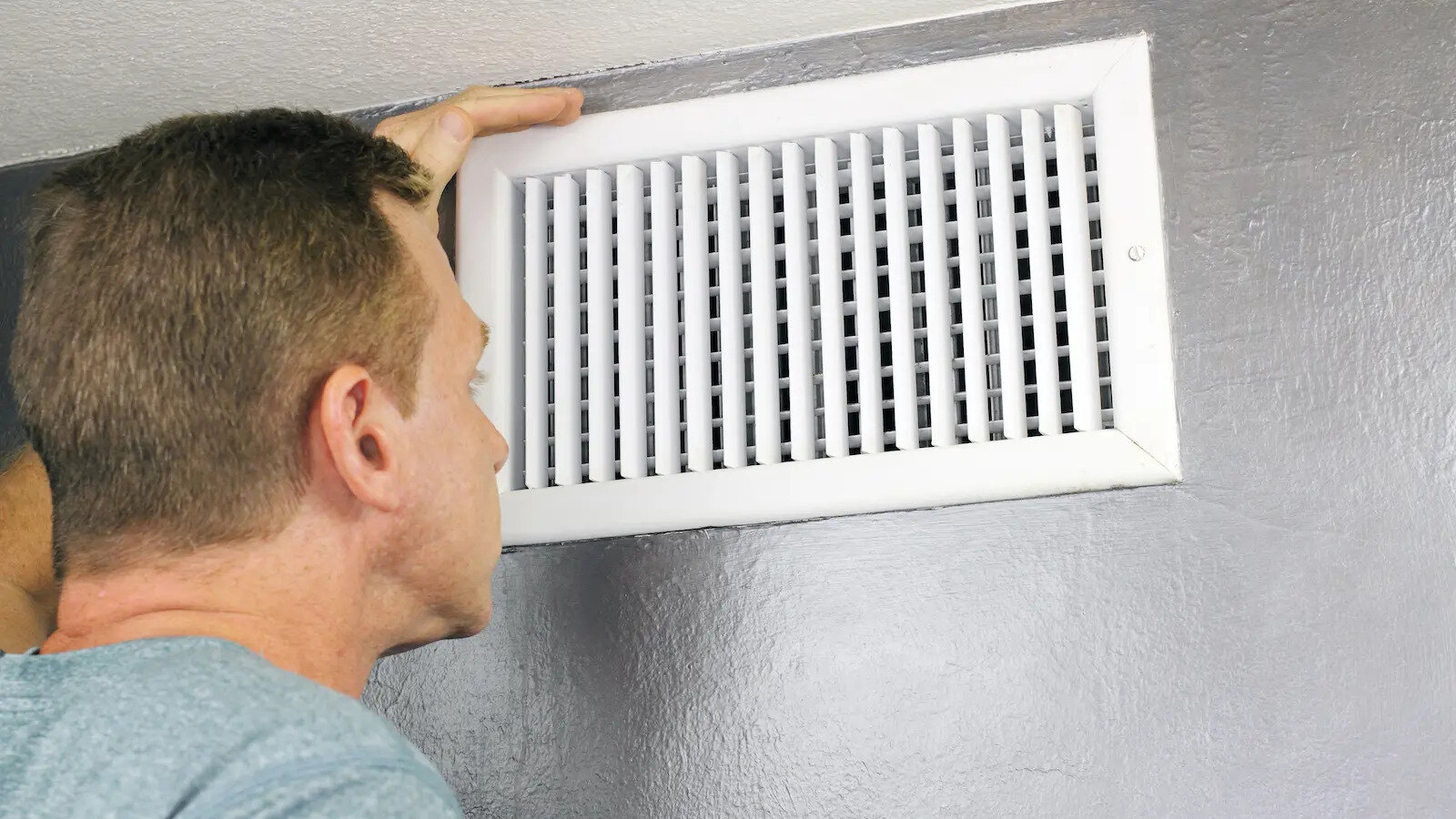
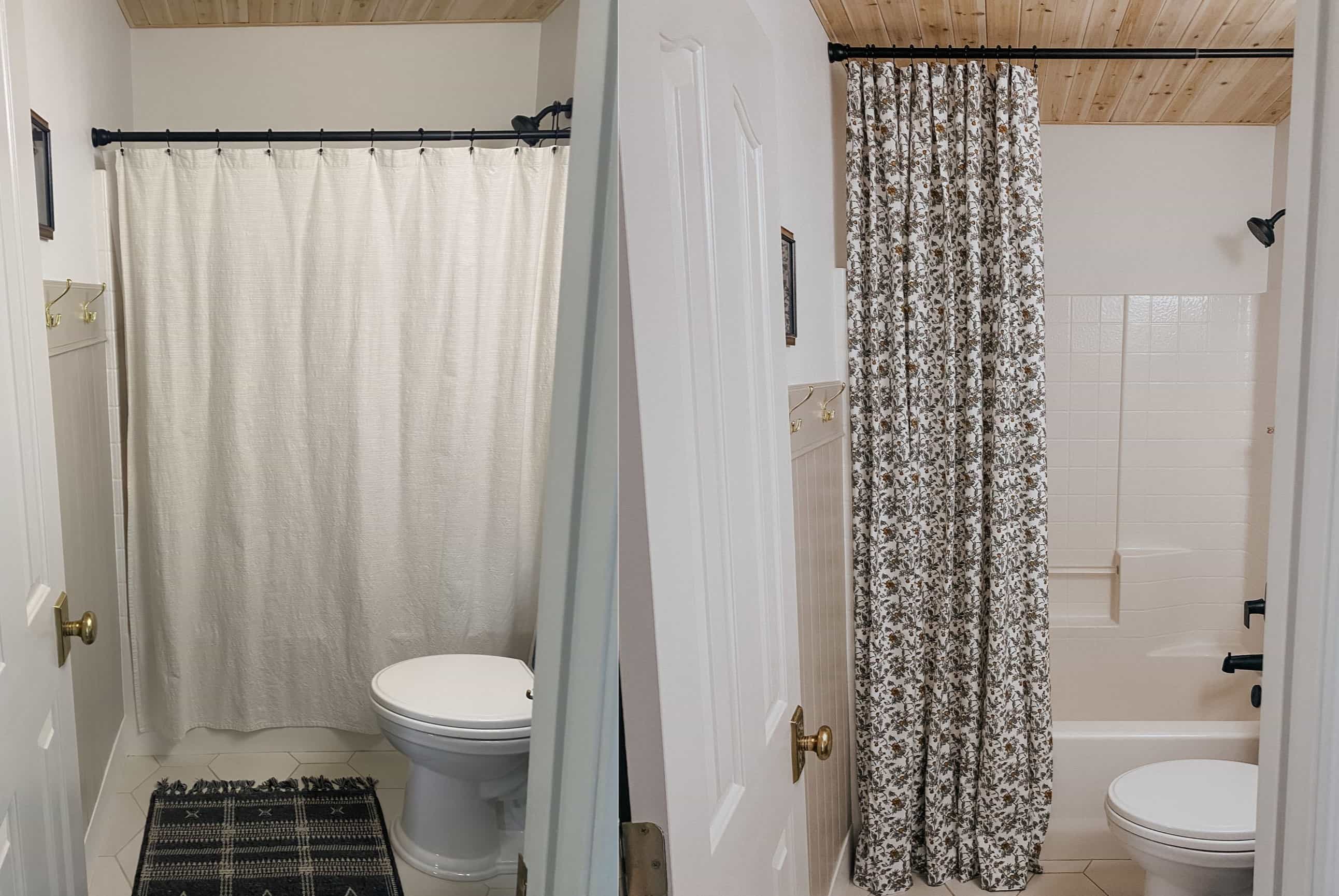



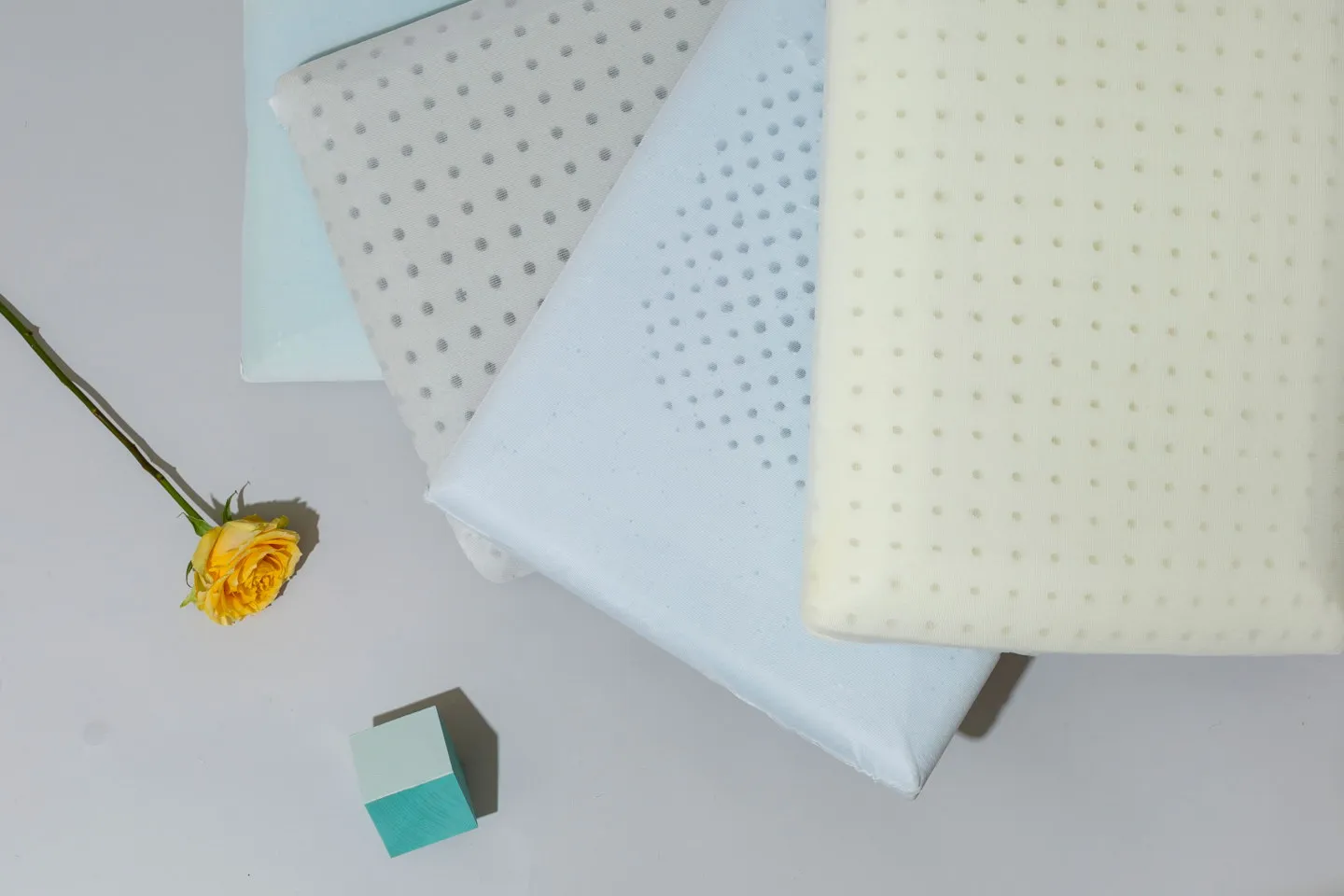
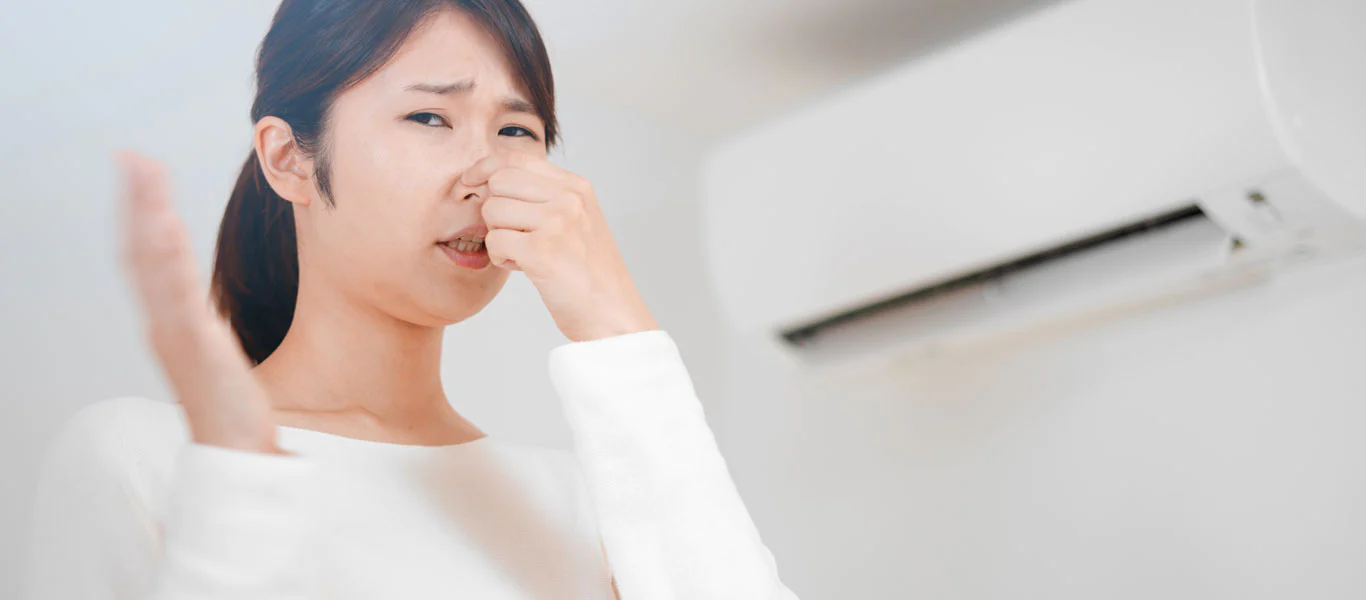
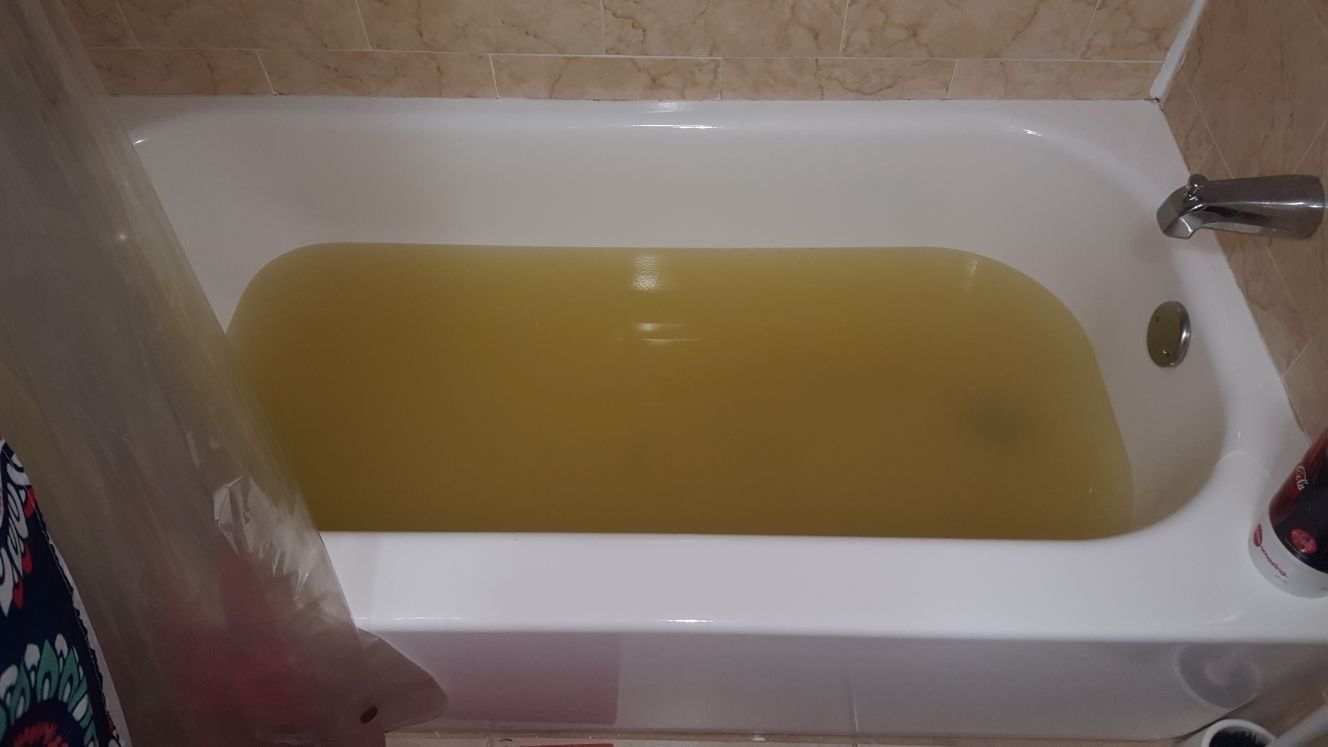



0 thoughts on “Why Does My Dresser Smell”